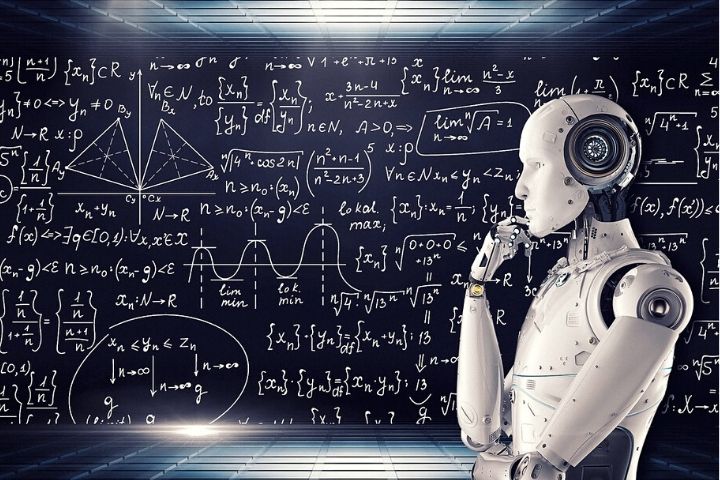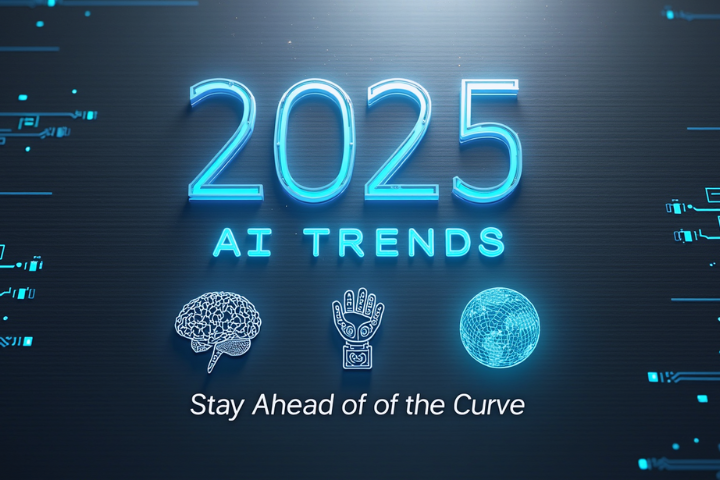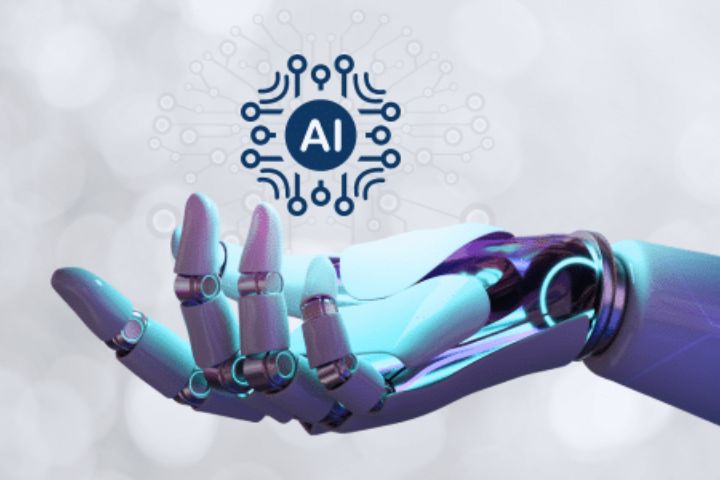The Artificial Intelligence is that big appointed and although we did not create, the unknown time, they often associate it with small concepts of what it really is. We could define artificial intelligence as the simulation of human intelligence processes through the use of machines. An ideal intelligent machine is one that perceives its environment and carries out actions that maximize the success of a specific task, that is, that a machine is capable of imitating the functions of humans to solve specific problems.
We see, more and more, new developments and technologies based on AI in all our walks of life. From social networks with ads and content fully adjusted to our profiles; washing machines or smart TVs; the Industry 4.0 that optimizes resources and increases productivity; improvements in research in the field of health, such as, for example, early detection of cancer or even the ability to predict the three-dimensional structure of a protein based on its genetic sequence, key in the diagnosis and treatment of diseases and a great and so on. In such a way that AI has become a common and increasingly widespread term in our day to day.
Talking about AI is normal today and we assume that this technology is consolidated, but it is not. We are currently experiencing a false heyday and over-expectation and we are not realizing that it is only an infinitesimal part of what artificial intelligence can contribute to both society and industry, and of course, of the road that still remains. We are really beginning a very strong vertiginous ascent in which we all must adapt, from researchers and developers, who must generate new algorithms and tools, as well as society, industry and even the legislation of the countries that must adapt to these new changes that are more complex than we imagine.
The Gartner Hype Cycle study or cycle of over-expectation allows us to see how different technologies will evolve over time from the point of view of the expectation it generates and when they will be consolidated . This study confirms that AI is an emerging technology that is reaching the peak of inflated expectations and that such AI-based technologies will reach the plateau of productivity in about 5-10 years.
With this perspective of growth and oversized expectations, we must be clear that much remains to be done and that we only see a small part of the great iceberg that is AI. In turn, this great iceberg is made up of an immense number of technologies and sciences that must be addressed and resolved to reach the maturity of Artificial Intelligence that we all seek. BigData, distributed systems, cloud computing, visualization systems, statistics, pattern recognition, ontologies, graphs , among others, are different fields that must be known and mastered in order to reach a state of maturity and productivity in Artificial Intelligence.
It is at this point where ITI, with its wide range of knowledge in these fields, comes into play to play a key role in reaching maturity and putting Artificial Intelligence projects into real production. Hence the AITANA project was born, as a tool that facilitates the development of Artificial Intelligence projects, specifically for Machine Learning projects, allowing data scientists to develop their own AI projects, abstracting from the complexity of the great iceberg that is AI, facilitating access to visualization systems, cloud computing, distributed systems, project deployment, MLOPs, etc.
AITANA’s main objective is the development of a methodological environment supported by a set of tools for a correct, efficient and adequate development of Machine Learning models , contemplating the complete life cycle of applications of this nature, from its initial exploratory analysis, going through its local or distributed training, until its final deployment in production, allowing the researcher and/or data scientist to focus on the most purely AI tasks and abstracting them from complex tasks such as data management (BigData), put into production through microservices or training in computational nodes.
The main result of the project will be an innovative Artificial Intelligence and Machine Learning work environment that synthesizes and provides a set of tools and libraries to facilitate the development of models, both for novice users with basic knowledge of AI/ML, as well as for advanced users. with experience in the development and deployment of more complex applications. The environment aims to streamline the development and implementation of applications based on AI and ML through the systematic and simple transfer and start-up of applications developed for different production sectors.



![Top 10 M4uFree Movie Alternatives | M4uFreeMovie in 2022 [Updated]](https://www.techsplashers.com/wp-content/uploads/2022/03/Top-10-M4uFree-Movie-Alternatives-M4uFreeMovie-in-2022-Updated.jpg)








Leave a Reply